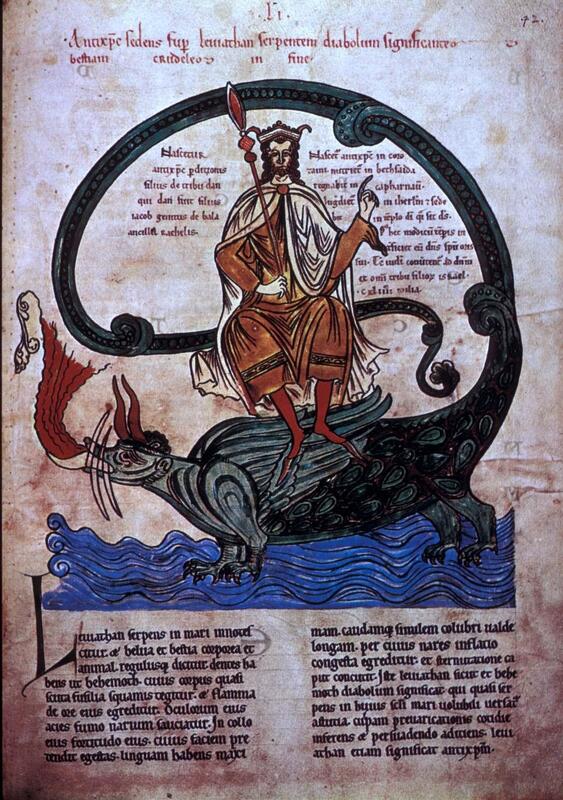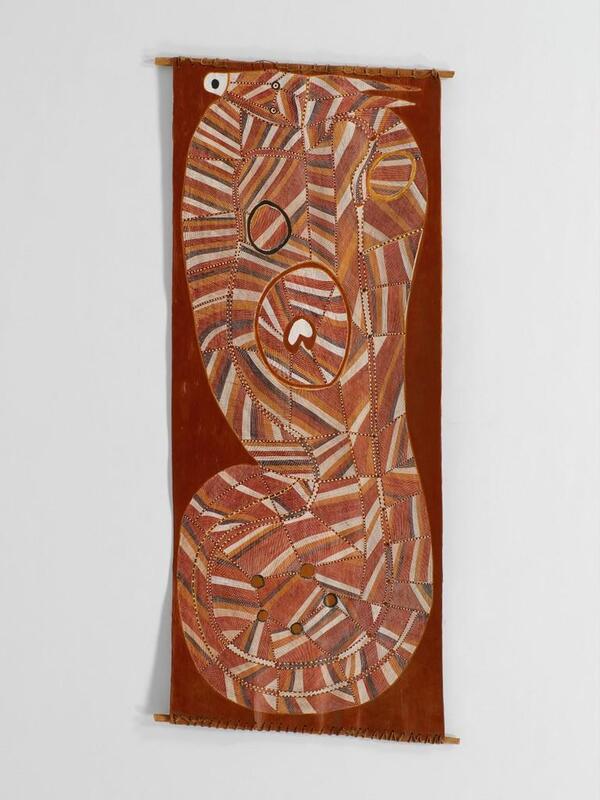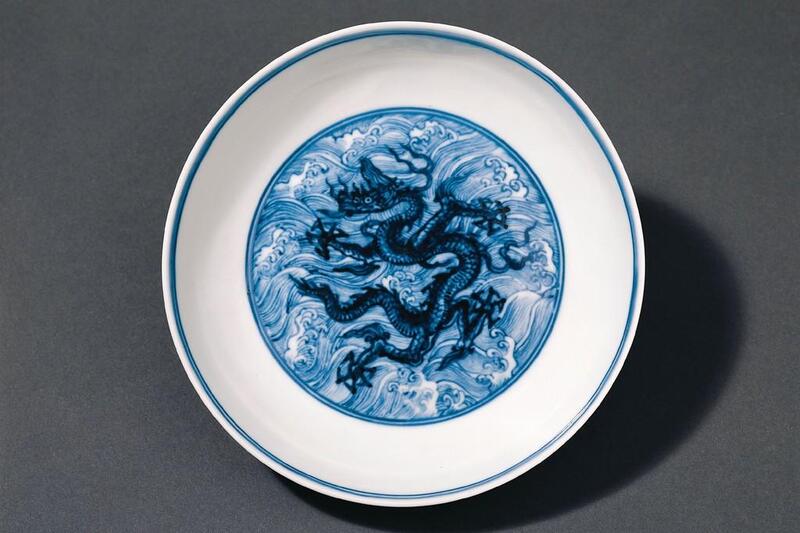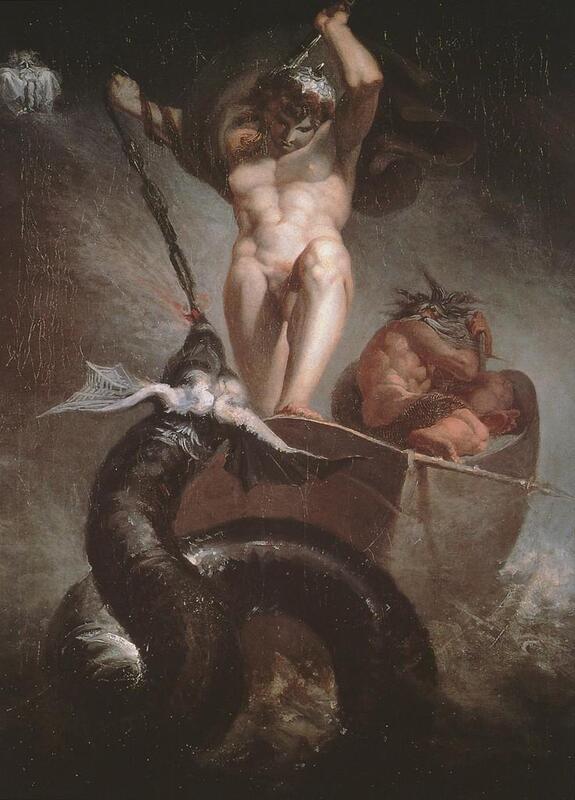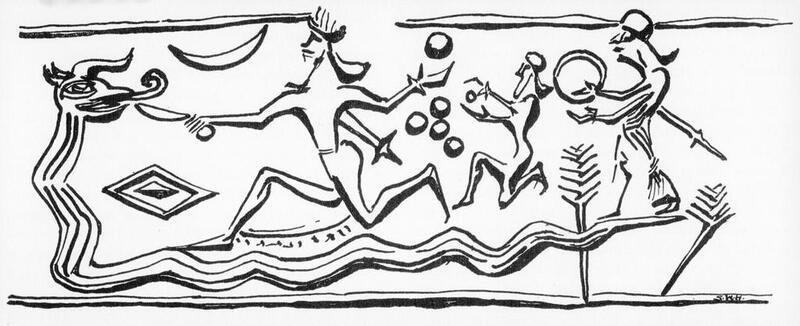Water Dragons and Serpents
Introduction
The interpretation behind sea dragons varies greatly depending on culture. Water dragon and sea serpent mythology dates back to the Scandinavian times (circa 10,000-5,000 BC). References to a battle between a dragon-like sea monster, named Leviathan or Rahab, and God appear in the Old Testament, which is its first allusion in history. Leviathan was a multi-headed serpent known to be the enemy of the Jewish people. After losing its battle, God gave the remains of Leviathan to the Hebrew people as a source of food to help them survive the wilderness. This story has traversed throughout many centuries and the many different versions of the water dragons and sea serpents have been altered between various cultures and countries.
Water Dragons in Australian Mythology
The Australian water dragon exists in Aboriginal mythology, where it is believed to be a symbol of wisdom and strength. Also referred to as the “rainbow serpent,” this creature is said to be a keeper of dreams that visits you during nightly hours to accompany you on a journey of personal growth. Rainbow serpents are thought to be descendants of an otherworldly entity that lives in the Milky Way. The Dhakkan is one variation of the Australian water dragon from the Kabi tribe that is a fusion between a fish and a snake. The Ngalyod is another variation of a prominent water god serpent from the Kuninjku people, an Aboriginal Tribe. Often, he is depicted with two gristly bones protruding from the back of the head, which can be seen here. In the Arnhem Land, people have created many sacred sites to worship and pray to Ngalyod. Aboriginal people take care of these sites periodically and forbid certain activities near the site, such as cooking. If one incurs the wrath of Ngalyod, sickness, accidents and great floods will befall the person. Different tribes of people have different interpretations, but it is widely accepted that Ngalyod can change into a female serpent and has both powers of creation and destruction. He is heavily associated with rain, monsoon seasons, and the rainbow. During the dry seasons, he is said to reside in freshwater springs, where he tends to water plants such as water lilies, vines, algae and the cabbage tree palms.
Water Dragons in Asian Mythology
Sea dragons are a common figure seen in East Asian cultures, first appearing in Vietnam. The dragons are considered to be bringers of rain to produce bountiful harvests. The Dragon King, Lac Long Quân, is the main figure of the Vietnamese creation myth, and therefore Viets call themselves “children of the Dragon.” Dragons are also a popular symbol in Chinese mythology, representing the flow of energy and are seen as benevolent creatures. They are usually portrayed with the Goddess Kwan Yin, the goddess of mercy, kindness, and compassion. The Chinese sea serpent, known as the ouroboros, is believed to illustrate eternity with their circular appearance. First seen at the Yellow River Valley of the Yangshao people in China, the Ouroboros depicts the infinite nature of time and exemplifies how life and death exist in this world as a continuous cycle.
Water Dragons in Norse Mythology
Norse mythology has the Jormungandr, meaning either “huge monster" or "great beast." Also known as the Midgard or World Serpent, it is a sea snake notorious for its enormous size that is said to have filled the entire sea. Jormungandr was one of Loki's and the giantess Angrboda’s children. Odin threw the Jormungandr into the ocean after receiving a prophecy that he would cause trouble in the future, and he continuously grew until he swallowed his own tail. The legends detail the story of Thor, the Norse god of thunder, battling the Jormungandr. Using an ox head as bait, Thor lured the Jormungandr above the water and grabbed it to pull it out. Hymir, the giant depicted in the boat behind Thor, got frightened by the Jormungandr and cut the fish line, allowing it to escape. Thor slew the Jormungandr in the final battle with his hammer but also ended up dying from the Jormungandr’s venom. Norse warriors thought that the Jormungandr was a symbol of power and painted the Jormungandr on their shields and boats.
Water Dragons in Middle Eastern Myths
Other myths include water dragons in their creation legend, such as the ancient Mesopotamian god Tiamat. Tiamat is the goddess of saltwater and chaos, and is the main character of the Babylonian epic Enuma Elish. In the story, she is slain by the god Marduk, splitting her body in half. The top half of her became the sky while the bottom half became the earth, and her flowing tears filled the canyons that would turn into the Tigris and Euphrates Rivers.
